Sailing Angles - Better than Boatspeed
Here, two boats are going to windward in a steady breeze. Neither has an advantage and either can go in any direction without gaining or losing:

In a race, one of two things happens. If the wind is spreading out and the boats are on starboard, the one on the left gains as shown by the color of the lines. All other things being equal (such as no additional pressure on the left that they’re heading for), the one on the right must tack immediately and the one of the left must hope that he or she does not. Right delaying tacking for just 5 seconds will lose 1 boat length. If the boats are on port, the one on the right gains and the one on the left must tack:

The key to sailing angles is sailing with your head out of the boat – looking around to watch the angles of the boats around you because they constantly change. Here’s why this works:
Two campers are walking through the forest when they suddenly encounter a grizzly bear. The bear rears up on his hind legs and lets out a terrifying roar. Both campers are frozen in their tracks. The first camper whispers, "I'm sure glad I wore my running shoes today." "It doesn't matter what kind of shoes you're wearing, you're not gonna outrun that bear," replies the second. "I don't have to outrun the bear, I just have to outrun YOU," he answers.
In sailing, I don’t have to hit every shift perfectly – I just have to beat YOU!
Sailing angles is how you can do this. I’m also much more interested in getting the angles right than where I am on the course or what my compass says. In fact, the very best sailors I get to compete against do not even own a compass. Sailing angles tell you what the wind is doing to your boat as well as everyone that you’re sailing with. No compass can do this.
The other thing that happens is the wind may be converging. If the boats are on starboard, the one on the left loses as shown by the color of the lines. All other things being equal, the one on the left must tack. If the boats are on port, the one on the left gains and the one on the right must tack:

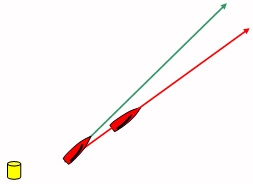


Sailing angles are more important when the wind strength is less than 10 knots because the shifts and resulting angles are more pronounced.
To benefit from these sailing angles, you have to learn to tack quickly and to sail with your head out of the boat. The best way to do this is by sailing at night to enhance your feel of the boat – something that is worth another article.
Input from Scott Young: Here are my thoughts on angles and boat speed. Really, you have to have both. You need speed to get yourself in position to play the shifts at the time you want to tack on them. I try to always have a visual in my mind as to whether I am on the favored angle to the weather mark. If I am unsure, I will try and imagine the angle that I would be on if I were on the other tack and then quickly glance at the weather mark and figure out which tack is better.
I almost always try and sail my own race and not worry about my competition. I figure that if I am doing my job well and staying in phase, I will be where I want to be in the end. If you get so intensely focused on staying ahead of one boat and are covering them, chances are you will tack when they want you to tack and not when it is really appropriate for you and you will allow them to close the gap.
For the most part, you are either on the right tack or the wrong tack. I always try to stay on the favored tack, even if it means sailing in bad air….especially in oscillating winds. My experience is that as long as you stay in phase with the oscillations, it will take you where you want to go. This is especially true on lakes and less so in coastal environments where there might be a persistent shift that goes one direction all day as the land heats up.
If you are going fast and out of phase with the wind shifts…you will go very quickly to the back of the pack.
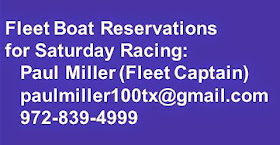
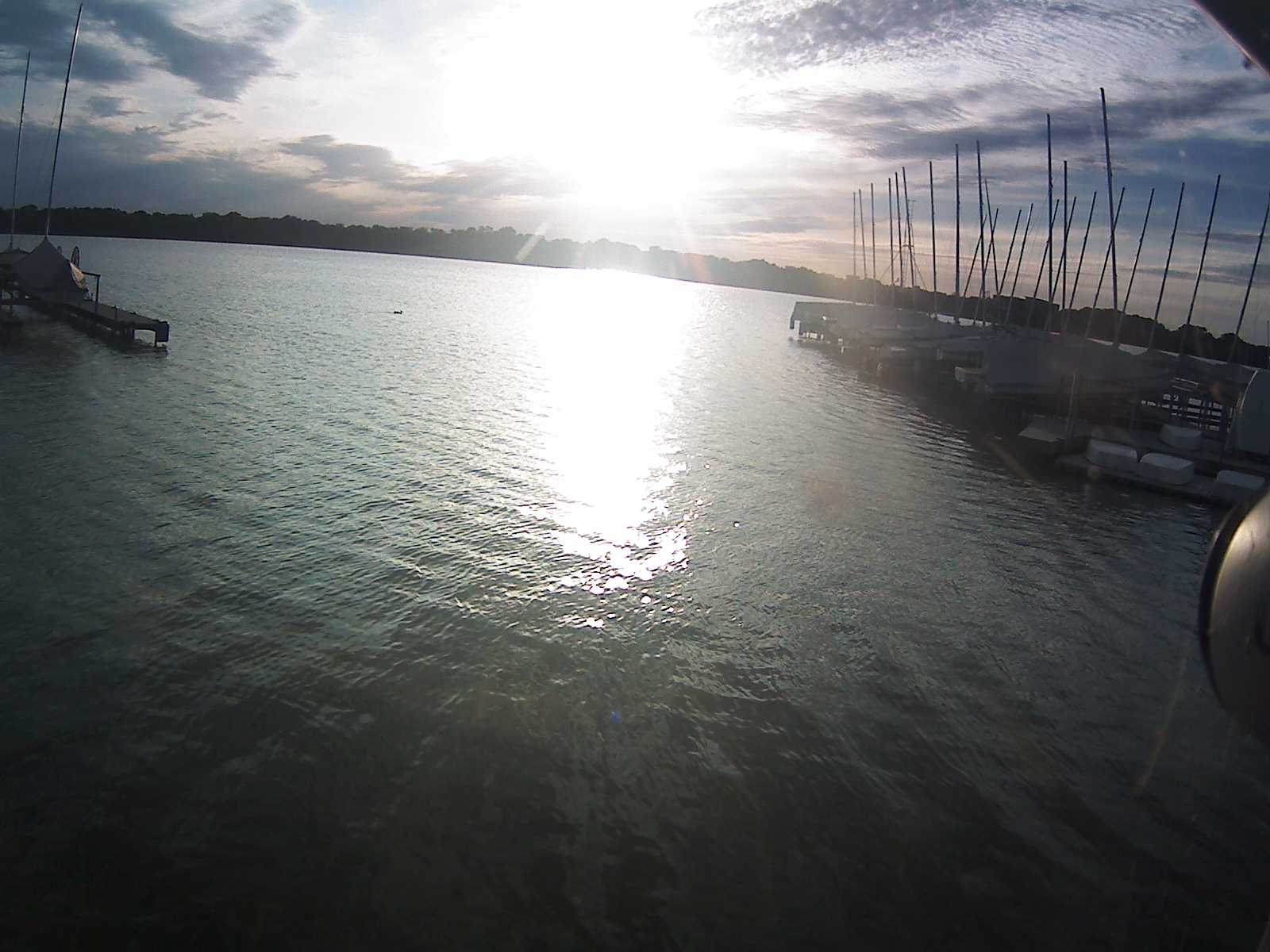



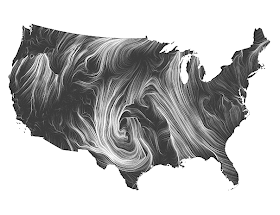
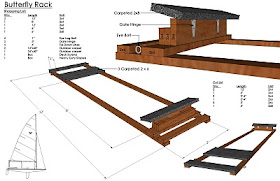



3/09/2009 9:26 PM
Please explain spreading out and converging winds. Why the different wind directions?
Because of location of wind cells / just different wind directions because of boat location?
Or does it really matter other than difference of heading?
3/11/2009 12:22 AM
Good questions. I can understand the wind spreading out as it comes down and hits a surface, like what happens when you throw a glass of water on pavement. But this doesn’t explain why it can last for several minutes. And it certainly does not explain converging winds. There are books written on this and Frank Bethwaite’s latest Higher Performance Sailing should be excellent.
For me, it really doesn’t matter. I’m only interested in working the angles as they present themselves. They can last for minutes or, more commonly, only a few seconds.
3/11/2009 1:26 PM
I would add that wind at the surface, especially at fronts, goes up and down, almost as much as horizontal at times.
I have wind socks in my back yard that measure that turbulence. but the wind does not normally go vertical for very long except in light, thermal winds.
But the point of the article is important, no matter what causes spreading, converging or just different wind cells.
7/07/2012 3:03 PM
Bethwaite's High Performance Sailing has some examples of when converging winds occur. Included in these are when wind rises and when wind rolls downs off cliffs or bluffs that are parallell to the general wind direction.
This is a neat concept. I will try to employ it this season. It seems like there are times when this could get you into trouble, though - when the shifts are oscillating. In the example of rounding the leeward mark and having the inside boat lifting away - the boat on right would be out of phase if it tacked onto starboard, wouldn't it (if the winds goes back right)?
7/19/2012 3:53 PM
Does this work in an oscillating breeze? In your example of two boats rounding the leeward mark and the inside boat lifting away - wouldn't the outside boat get out of phase if he/she tacks over?